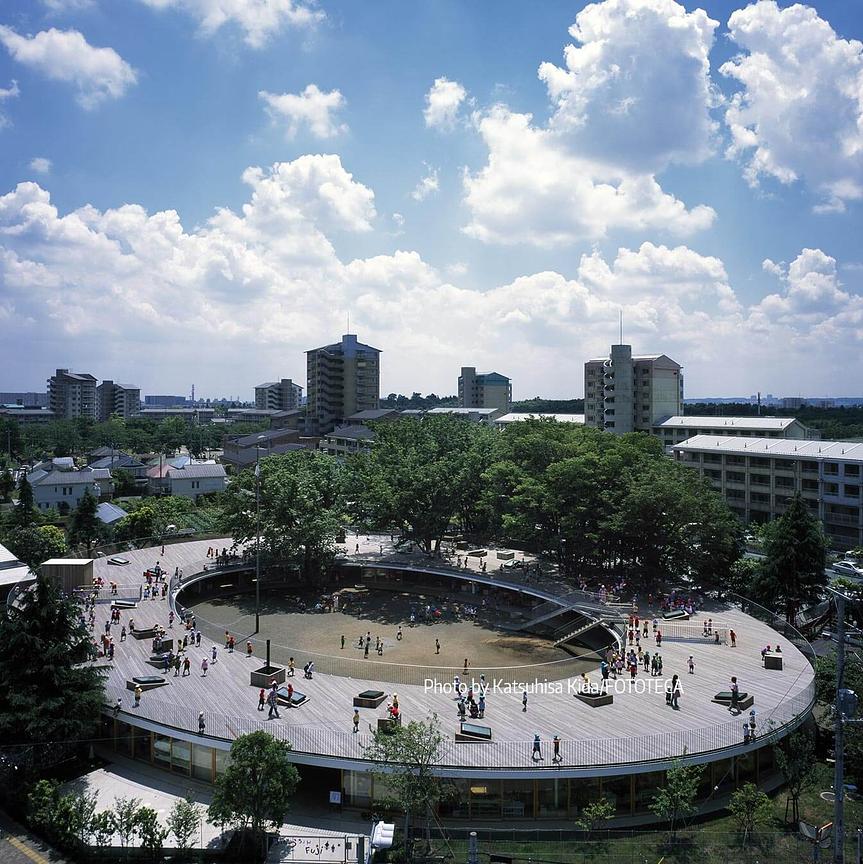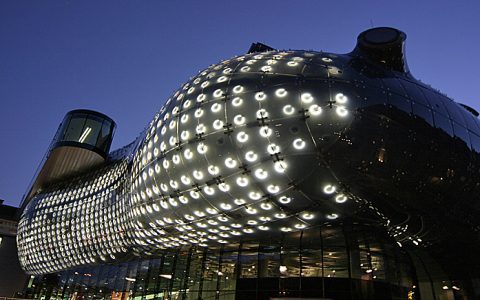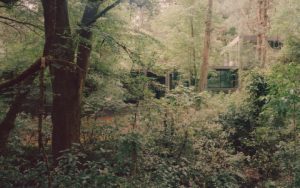Fuji Kindergarten Tachikawa distinguishes itself from conventional early childhood institutions through several key differences centered on innovative design, pedagogical philosophy, and operational approaches. Understanding these elements is crucial for parents evaluating educational options.
Educational Philosophy
Fuji emphasizes child-centered, play-based learning rooted in exploration and freedom. Unlike many schools that prioritize structured curricula and teacher-directed activities, Fuji fosters intrinsic motivation through unstructured play. This approach aligns with self-directed development, reducing academic pressure and promoting creativity. In contrast, other preschools often focus on formal instruction, with set schedules for literacy and numeracy skills.
Facilities and Environment
The kindergarten's iconic circular building, designed by Takaharu Tezuka, features an open-plan layout without traditional walls or boundaries. This encourages seamless movement and interaction among children, facilitating social learning through spontaneous group dynamics. Key aspects include:

- Roof playground: Children access a roof space for outdoor activities, contrasting with enclosed playgrounds in typical schools.
- Natural elements: Incorporates trees and open areas to connect learning with nature, whereas others rely on indoor classrooms and artificial play structures.
- Minimal barriers: The design promotes independence but maintains safety through monitored zones, unlike rigidly supervised environments elsewhere.
Teaching Methods and Daily Structure
Fuji adopts a fluid daily routine with minimal adult intervention, supporting children's decision-making in activities like free play or group projects. Teachers act as facilitators rather than directors, emphasizing observational learning and peer collaboration. Other institutions typically enforce regimented timetables with teacher-led sessions, focusing on structured outcomes and assessments to meet early academic standards.
Safety and Discipline Approach
Safety is integrated through environmental design—such as low-height obstacles and constant visual oversight—to cultivate self-regulation and risk awareness among children. Disciplinary measures involve gentle guidance and natural consequences, avoiding strict rules or punitive actions. Conversely, many schools implement high-control protocols, including fixed boundaries, frequent adult monitoring, and rule-based discipline systems.
Reputation and Broader Impact
Recognized globally for innovative early education, Fuji Kindergarten Tachikawa serves as a model for sustainable and inclusive learning, influencing educational reforms. It emphasizes holistic child development over testable skills. Other schools often hold traditional reputations, catering to conventional parental expectations for academic readiness, which may limit experiential learning opportunities.
Overall, these differences highlight Fuji's commitment to fostering autonomy, creativity, and resilience through its unique environment, making it a standout choice for families seeking alternative pedagogies in early education.







